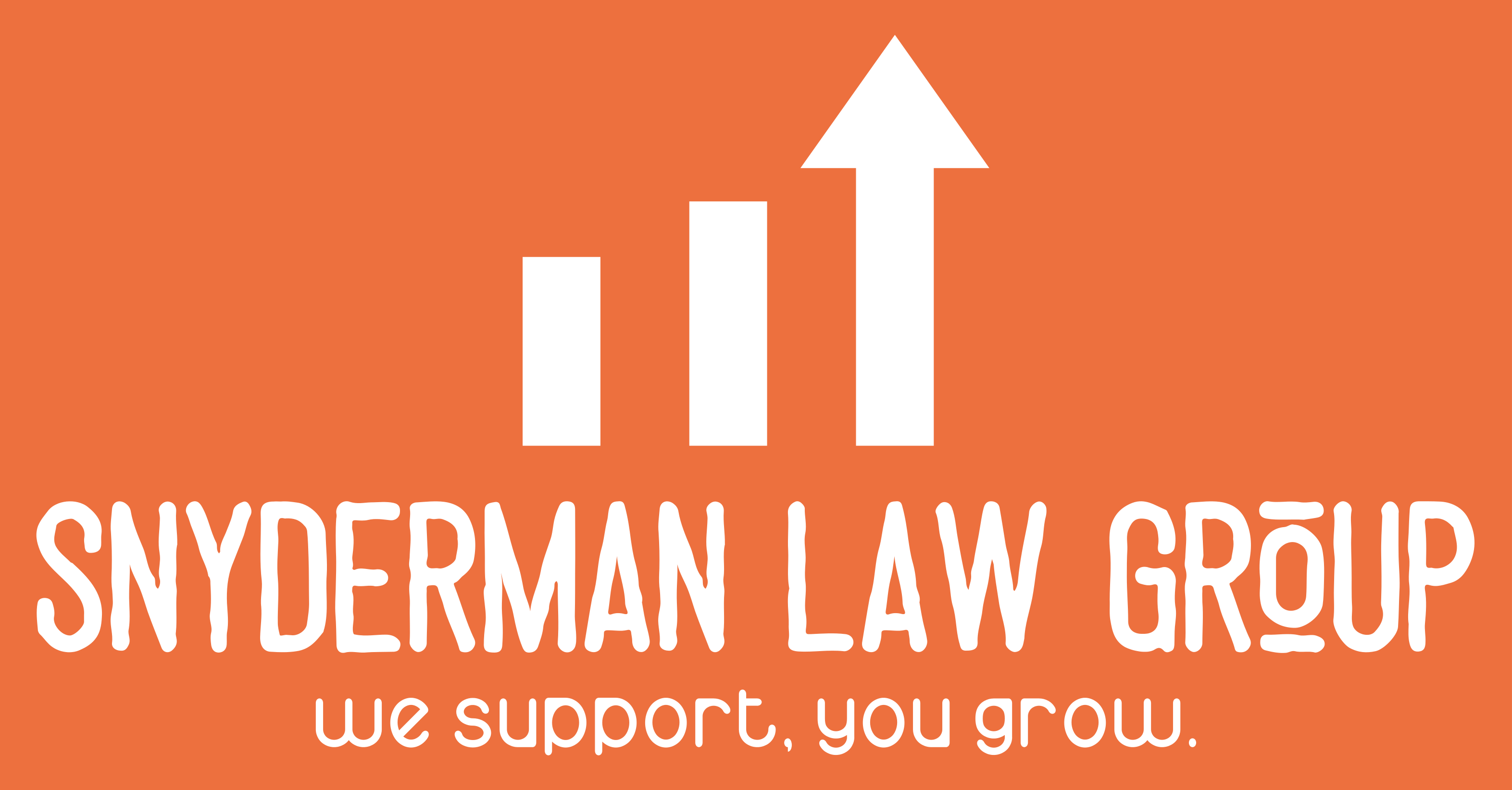
What do Rolex, Microsoft and Apple have in common? Besides the fact they have all created distinguished products, they have generated brands that have all effectively used a strong trademark strategy. It is critical when growing your business that you to protect your brand and assets. The best way to do that is registering for a Trademark.
How do you register a trademark?
Although it may seem rather complex, registering for a trademark can be simplified into these 6 steps, which are detailed below:
- Research your TM: Perform a TM search. Start with Google and see who may be using a similar or the same concept you have. Then check out the USPTO database. If you’re comfortable you are clear, contact your TM attorney who can assist by conducting a preliminary search and/or a comprehensive search.
- The preliminary search uses limited information found on federal and state trademark databases. The preliminary search hopes to unveil any registration of your businesses suggested TM. This means if your suggested TM is unavailable, you don’t waste your resources pursuing it further.
- A comprehensive search uncovers a broader scope of information, which include common law uses and unregistered TMs. The fees for a comprehensive search are significantly higher than a preliminary search.
- File the Trademark: Our lawyers will help determine what application you will need for your TM. If you are already using your TM, you will file a use-based application. If you are not using your TM yet, you will file an intent-to-use application. We will prepare your TM application for your revision and approval before filing it with the United States Patent and Trademark Office (USPTO). A statement of use and one specimen will be included only if you are filing a use-based application.
- Examine the Trademark: This process takes about three to six months. During this time an examining attorney is assigned to review your application and search the USPTO database for pre-existing trademarks. If your application is rejected, the USPTO will notify you of the problems regarding your application.
- Publication period: Once your application is approved, it is published on the Principal Register for a 30 day opposition period. At this time any third-party may file an opposition against your TM application. If your application is opposed, then it is moved to an adversary proceeding and you can’t finish registering until the opposition is complete.
- Acceptance: As there are two types of applications, there are two types of acceptances.
- If no one opposes your use-base TM application, your mark will be registered. Congratulations! You now have a registered trade mark and are now protected!
- If no one opposes your Intent-to-Use application, the USPTO will issue a Notice of Allowance. This means you have six months to file a Statement of Use. You can extend the time to file for a Statement of Use for up to three years, in six month increments. If you do not file a Statement of Use within three year period, your application is abandoned. If you do file your Statement of use and it is accepted by USPTO, congratulations! You now have a registered trademark and are now protected!
- Post-registration process: Trademark registrations are acceptable for 10 years and can be renewed indefinitely as long as your TM is in use. If you do not use your TM, it will be cancelled for nonuse after three years.
After five years of use of your registered TM, you will need to file a Section 8 Affidavit and a Section 15.
After nine years after your TM is first registered, you will need to file Section 8 Affidavit Renewal and Section 9 Renewal
The costs included to register your TM can get expensive, but the process protects you from competitors and ensures your business capitalizes on the brand and products create. For a complete list of Trademark processing fees, please visit the USPTO website at: https://bit.ly/2gR6gtJ
